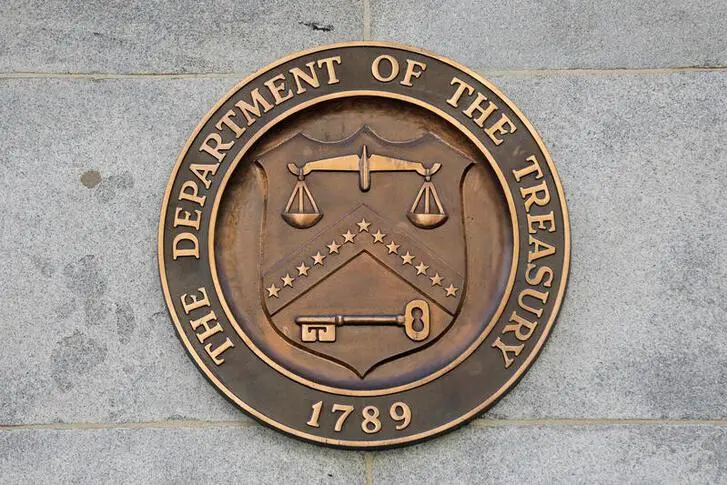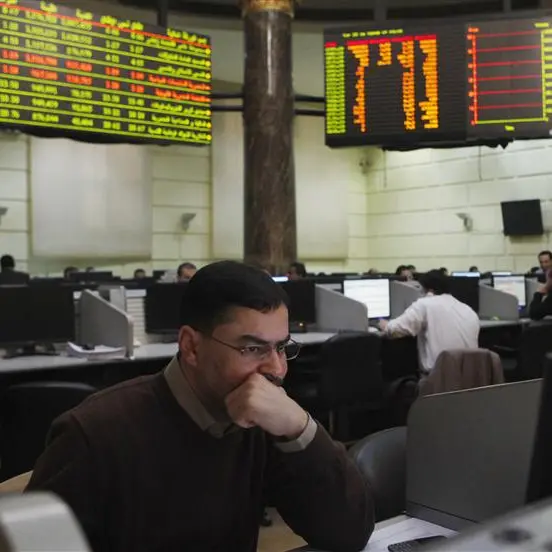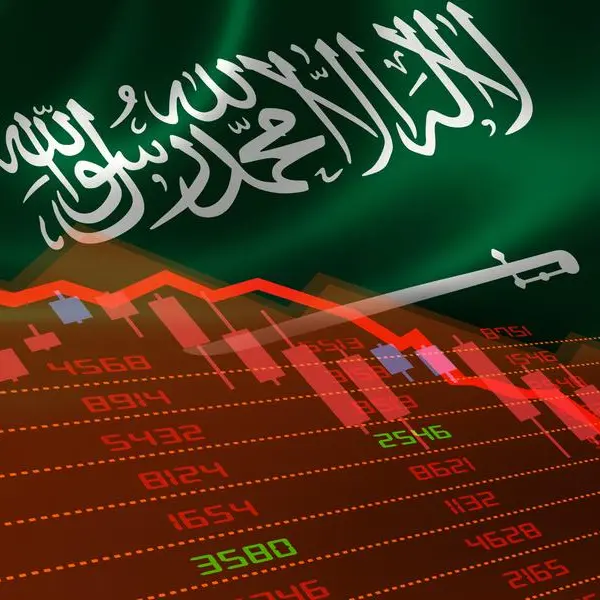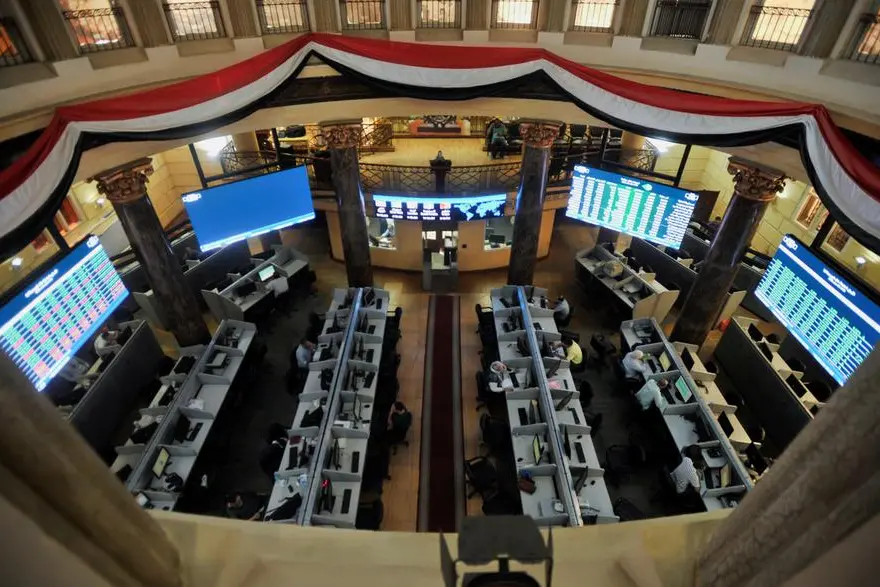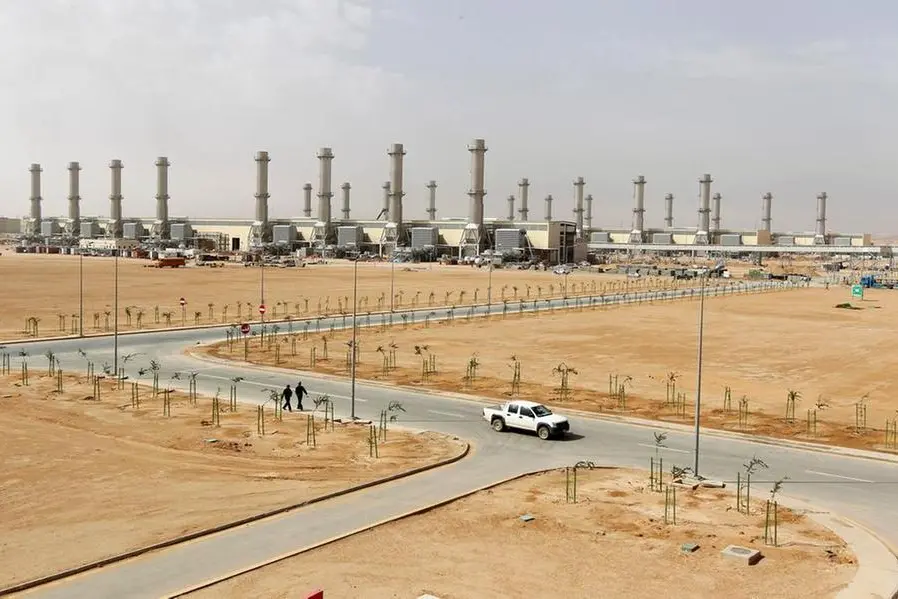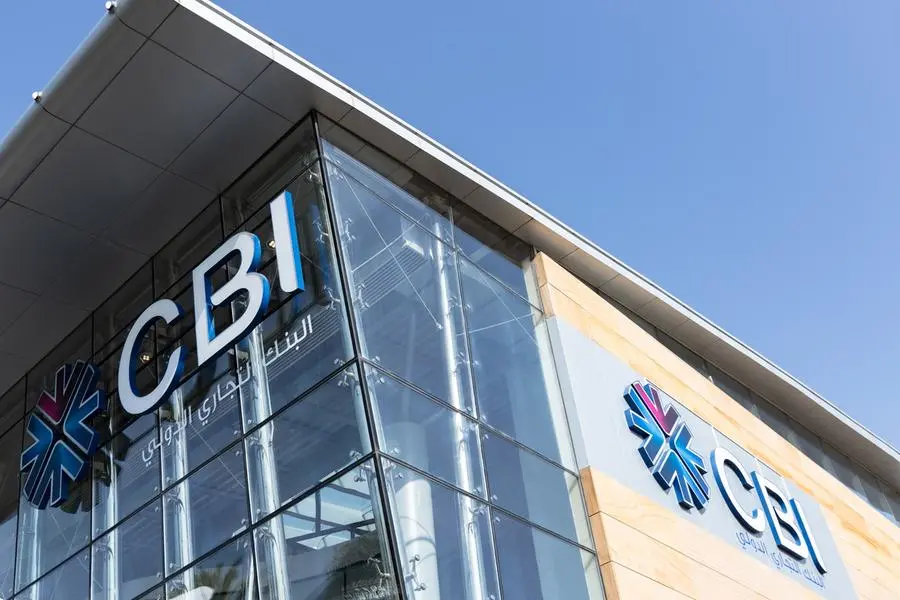PHOTO
NEW YORK - Some investors believe Treasury yields are close to peaking, even as markets continue pricing in more hawkishness from a Federal Reserve bent on taming the worst inflation in decades.
It's a refrain that has been heard more than once in 2022, as a steep selloff in Treasuries steamrolls investors who bet markets would soon reverse, while battering stocks and fueling the dollar’s climb.
The tumble in bonds has intensified in recent days, as U.S. Treasury yields - which move inversely to prices - hit their highest levels since the 2008 global financial crisis on concerns that the Fed would need to raise rates more aggressively to bring down consumer prices.
Meanwhile, fed funds futures late Thursday priced peak U.S. interest rates of 5% in May next year, up from bets this month that saw the rate at 4.4% by that time.
Yet some investors see the Treasury selloff nearing an end, believing the Fed will slow the pace of its increases next year as inflation ebbs or the economy falls into a recession.
John Vail, chief global strategist at Nikko Asset Management, expects the Fed to raise rates by 150 basis points in total over the next two months, then start cutting rates in the first half of next year.
“This forecast is dovish after January, which should provide major relief for equity and bond markets," he said.
Others think higher yields will soon start luring investors into Treasuries. Joachim Fels, a managing director and global economic advisor at U.S. bond giant PIMCO, recently wrote that markets have already priced in future rate increases and “absolute yield levels appear much more attractive than they have for a long time.”
Benchmark 10-year yields were at 4.23% late Thursday while two-year yields were at 4.61%, presenting a more alluring picture for income-seeking investors compared with the beginning of the year, when those yields stood at 1.5% and 0.7% , respectively.
Among those espousing the view of a coming peak in yields is DoubleLine Capital chief executive Jeffrey Gundlach, who on Thursday tweeted that there are “signs of yield increase exhaustion. Treasury yields may well be peaking between now and year-end.”
Fund managers in a recent BofA Global Research survey, meanwhile, are the most bullish on long term bond yields since November 2008, with 38% expecting lower long-term rates in the next 12 months.
Vanguard, the world’s second-largest asset manager, last month told Reuters that U.S. Treasuries are near the end of a painful decline.
Nascent Treasury bulls also point out that many yields are very close to where the Fed has said it believes interest rates will end up next year.
Some investors have been more hesitant to call a peak, citing the Fed’s single-minded focus on bringing down consumer prices, which have proven far more stubborn than many expected this year.
"With inflation so high and still rising, it would be a mistake to assume that central banks will pivot to easing if something indeed breaks," BoFA’s strategists wrote. "Depending on where they are in their tightening cycle, they may not even pause."
The Fed has raised rates by 300 basis points so far this year. Fed funds futures traders are pricing in a 95% chance of a 75 basis points hike at the central bank's Nov. 2 meeting, with Fed Chairman Jerome Powell's views on inflation and the economy seen as the next potential catalyst for yield moves.
Futures show traders pricing in a 75% probability of another 75 bps hike in December, according to CME Group data.
Zhiwei Ren, managing director and portfolio manager at Penn Mutual Asset Management, believes yields may subside if the economy enters a recession. But he said persistent labor shortages, broken supply chains and other long-term changes in the global economy are likely to keep inflation elevated.
“Just three months ago I was thinking 3.5% was a great level for the 10-year,” he said. “Now I think the 10-year could go to 5% or even higher over the next few years.”
(Reporting by Davide Barbuscia; Editing by Ira Iosebashvili and Gerry Doyle)
